By Jeffrey T Richelson
The role of intelligence in US government operations has changed dramatically and is now more critical than ever to domestic security and foreign policy. This authoritative and highly researched book written by Jeffrey T. Richelson provides a detailed overview of America's vast intelligence empire, from its organizations and operations to its management structure. Drawing from a multitude of sources, including hundreds of official documents, The US Intelligence Community allows students to understand the full scope of intelligence organizations and activities, and gives valuable support to policymakers and military operations.
Naval Intelligence Professionals Bookshelf
A Recommended Reading List
Led by RADM Tom Brooks (Ret.) and ISCM Dave Mattingly (Ret.), NIP has constructed a list of books (fiction and non-fiction) which are considered to be “classics” in each of the intelligence disciplines.
The beginnings of this list are included below. The object is to list two or three of the best books in each discipline, and we anticipate that the list will undoubtedly change over time as the readership suggests books that they consider better than the ones on the current list.

SUBJECTS
- *MUST READ* (6)
- China (9)
- Counterintelligence (4)
- Cyber & Information Warfare (3)
- Fiction (5)
- Human Intelligence (HUMINT) (2)
- Intelligence Analysis/Indications and Warning (5)
- Intelligence and National Decision-making (5)
- Leadership (11)
- Naval Intelligence History (General) (9)
- Naval War College Digital Commons (3)
- Other Reading Lists/Key Resources (11)
- Special Operations / Counter Terrorism (3)
- WWI/WWII/Cold War (12)
*MUST READ* China Counterintelligence Cyber & Information Warfare Fiction Human Intelligence (HUMINT) Intelligence Analysis/Indications and Warning Intelligence and National Decision-making Leadership Naval Intelligence History (General) Naval War College Digital Commons Other Reading Lists/Key Resources Special Operations / Counter Terrorism WWI/WWII/Cold War
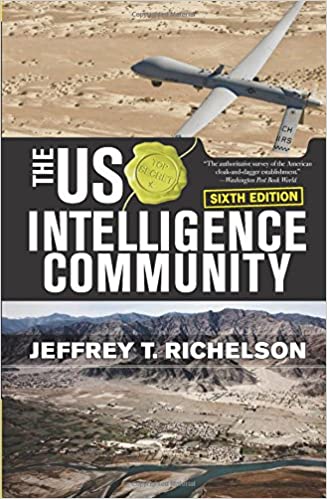
The U.S. Intelligence Community
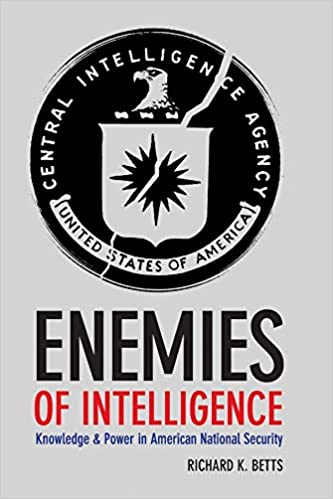
Enemies of Intelligence
By Richard K. Betts
Wolf Melbourne: “There are of course many enemies of intelligence. We tend to think of these enemies only in an external sense, e.g. foreign navies. Betts makes the case there are far more consequential threats to naval intelligence beyond the external. There are, as he describes, innocent and inherent enemies. The former set includes bureaucratic and individual negligence, bureaucratic turf wars, and deliberate constraints placed by well-intentioned leadership yet still causes damage to effectiveness. It is the latter set of enemies where Betts makes his most thoughtful contribution to understanding why intelligence fails. Inherent enemies consist of cognitive limitations, trade-offs between objectives, and defects in organizational design. These enemies are prevalent throughout the intelligence cycle and are extraordinarily resilient. As Betts argues, it will take one, awareness of these enemies (not always so easy to admit) and two, a dialectic rather than linear approach to obtain solutions.”
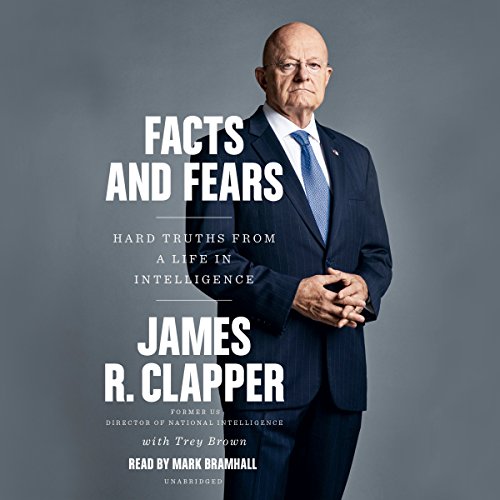
Facts and Fears: Hard Truths from a Life in Intelligence
By James R. Clapper
The former director of National Intelligence's candid and compelling account of the intelligence community's successes - and failures - in facing some of the greatest threats to America
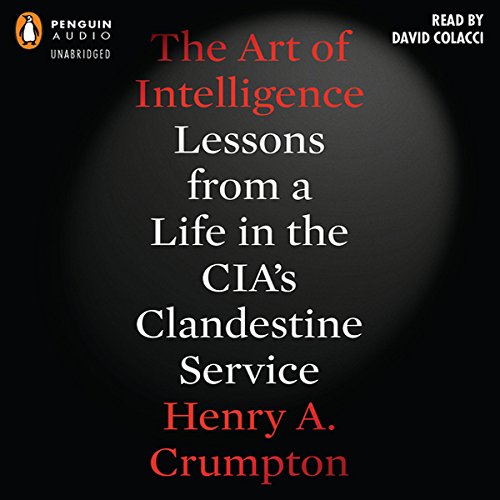
Art of Intelligence: Lessons from CIA's Clandestine Service
By Henry Crumpton
A legendary CIA spy and counterterrorism expert tells the spellbinding story of his high-risk, action-packed career while illustrating the growing importance of America's intelligence officers and their secret missions.
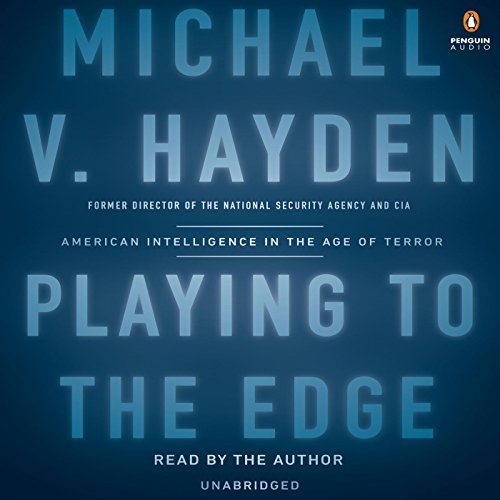
Playing to the Edge: American Intelligence in the Age of Terror
By Michael Hayden
An unprecedented high-level master narrative of America's intelligence wars from the only person ever to helm both the CIA and NSA, at a time of heinous new threats and wrenching change.
